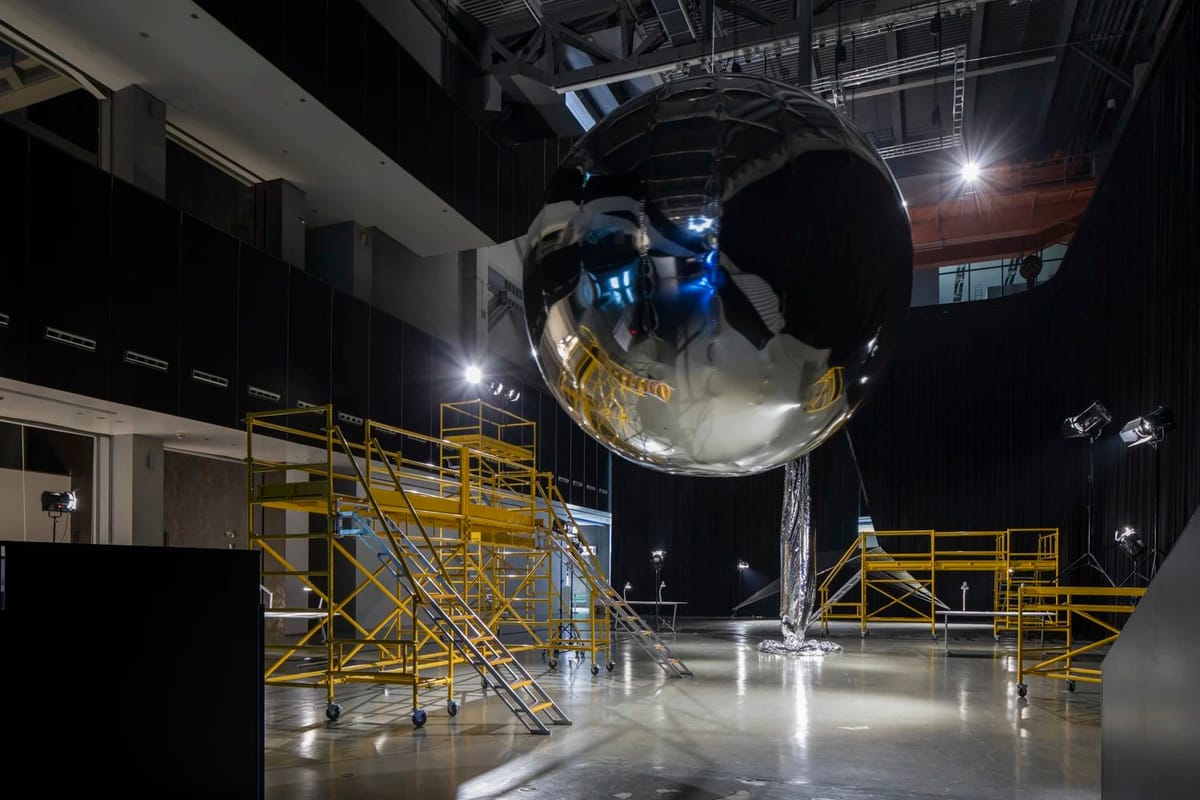Reviews

At the halfway point in the run of Cosmos Cinema, the digital platform for moving image art that is part of the 14th Shanghai Biennale, we can begin to assess its larger effect within the context of the biennale, but also within the general context of online moving image programs. Cosmos Cinema – the online component – is structured in 19 sections that unfold on a weekly basis. Each week a new work of film art or video art is made available in open access. These works are by artists who are featured in the IRL gallery exhibition of the biennale.
This post is for subscribers only
Subscribe now and have access to all our stories, enjoy exclusive content and stay up to date with constant updates.
